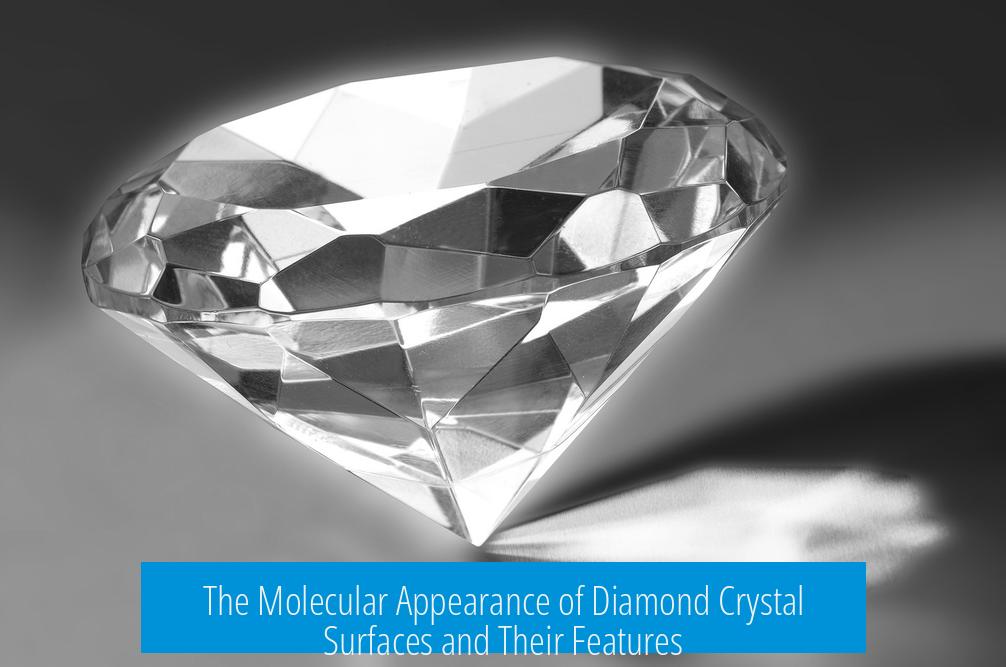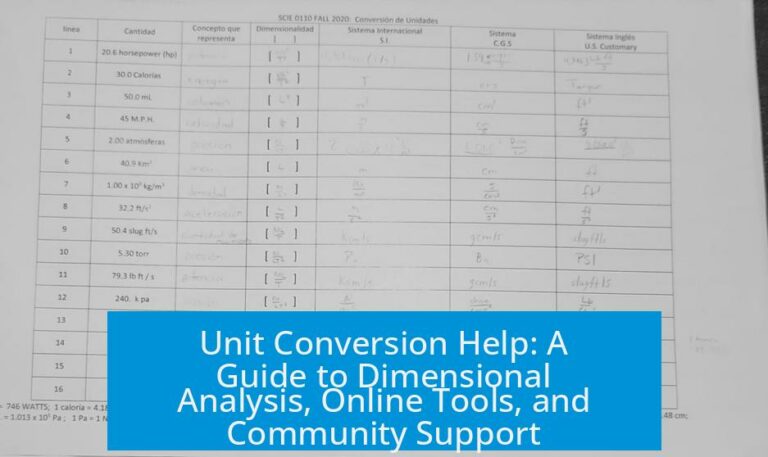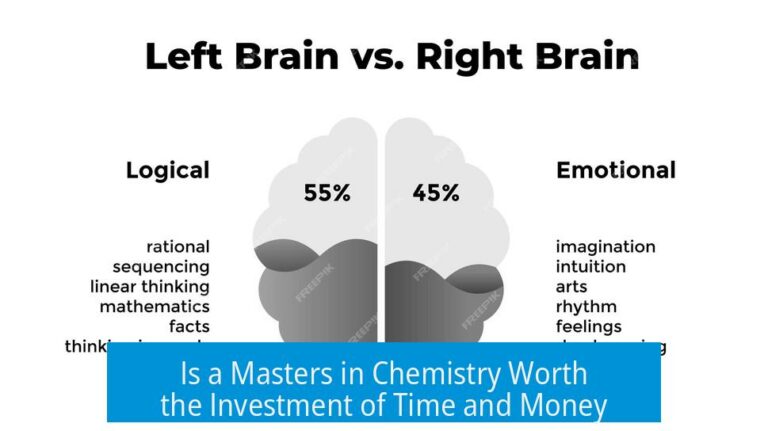How Does the Surface of a Diamond Crystal Look Like on a Molecular Level?
The surface of a diamond crystal at the molecular level varies significantly depending on the crystallographic plane exposed by cleavage. These surfaces feature carbon atoms that often possess unsaturated bonds known as dangling bonds, which increase surface reactivity. The atoms reorganize via reconstruction or passivation, notably through hydrogen termination, to stabilize the surface. Specific surface orientations such as (100), (111), and (110) display distinct atomic arrangements, reactivity, and reconstruction patterns.
Diamond Crystal Planes and Their Molecular Structures
Diamond is composed of a carbon lattice where each atom forms four strong covalent bonds in a tetrahedral arrangement. When cleaved, the exposed surface depends on the crystallographic plane, which controls the molecular arrangement of carbon atoms exposed:
- (100) surface: Exposes the faces of the cubic unit cell with planar atomic arrangements.
- (111) surface: A triangular cleavage face that cuts differently through the lattice.
- (110) surface: Results in naturally occurring dimer chains upon cleavage.
Each plane exposes a differently terminated network of carbon atoms, critically influencing surface chemistry.
Dangling Bonds: Unsaturated Surface Carbon Atoms
Cleaving the diamond lattice breaks carbon-carbon bonds at the surface. This creates carbon atoms with fewer than four bonds, called dangling bonds. These dangling bonds resemble radicals, possessing unpaired electrons and thus high chemical reactivity. Surface carbon atoms partially compensate for unsaturation by forming stronger remaining bonds internally, but the surface remains reactive and energetically unstable.
Surface Reconstruction to Reduce Reactivity
To lower the high surface energy caused by dangling bonds, diamond surfaces often undergo atomic rearrangements called reconstructions. On (100) and (111) surfaces, adjacent carbon atoms pair up into dimers, saturating some dangling bonds and creating ordered patterns. This reorganization reduces the overall number of unpaired electrons and stabilizes the surface in vacuum conditions.
- Dimers: bonded pairs of carbon atoms at the surface filling unsatisfied valences.
- Ordered reconstruction patterns minimize surface energy.
This reconstruction prevents excessive reactivity but does not completely remove the presence of dangling bonds.
Unique Stability of the (110) Surface
The (110) crystallographic plane is distinct because cleavage naturally yields carbon dimer chains. This intrinsic dimerization fully saturates surface bonds without requiring additional reconstruction. Consequently, the (110) surface exhibits fewer dangling bonds and is less chemically reactive than the (100) and (111) surfaces.
This stability makes the (110) surface a special case in diamond surface chemistry, often serving as a baseline for comparison.
Surface Behavior in Vacuum vs Ambient Atmosphere
In an ultrahigh vacuum, surfaces tend to exhibit dangling bonds or reconstructed dimers depending on orientation. However, when exposed to ambient air, diamond surfaces rapidly react with oxygen, water vapor, and other atmospheric gases. This leads to chemical modification restricted to the outermost atomic layer, which may include:
- Oxygen incorporation forming ether bridges, hydroxyl (-OH), or ketone (C=O) groups.
- Hydrogen atoms bonding directly to surface carbon atoms.
These chemical groups serve to saturate dangling bonds and influence surface properties including wettability and chemical stability.
Hydrogen Passivation of Diamond Surfaces
To prevent oxidative or moisture-induced modification, diamond surfaces can be passivated with hydrogen atoms. This technique involves exposing the freshly cleaved surface in vacuum to atomic hydrogen, which bonds covalently to the dangling bonds, forming stable C–H linkages. Hydrogen passivation effectively saturates surface bonds and imparts several advantages:
- Elimination of dangling bonds without causing structural reconstruction.
- Reduced surface reactivity and oxidation resistance.
- Preservation of surface morphology, especially notable in the (111) surface where dimers vanish because hydrogen fulfills valence.
This passivated surface demonstrates stability even in ambient conditions.
Role of Hydrogen in Diamond Growth
During chemical vapor deposition (CVD) diamond growth, a high partial pressure of hydrogen is crucial. Hydrogen atoms stabilize growing diamond surfaces by terminating dangling bonds, allowing the sp3-bonded carbon lattice to form. This termination prevents graphitic carbon formation and promotes crystalline diamond structure.
General Concept of Surface Energy and Reactivity
Surface atoms differ from bulk atoms due to incomplete bonding, causing “excess” surface free energy. This phenomenon not only applies to diamond but also other materials. The resulting energy excess drives atomic rearrangements, adsorption of foreign species, and chemical passivation strategies to minimize energetic cost and stabilize the surface.
Summary Table Comparing Diamond Surface Features
| Surface Type | Molecular Feature | Dangling Bonds | Surface Reactivity | Reconstruction / Passivation |
|---|---|---|---|---|
| (100) | Planar exposed unit cell faces | Yes | High | Surface reconstructs with dimers forming to saturate dangling bonds |
| (111) | Triangular cleavage face | Yes | Very high | Forms carbon dimers unless hydrogen-passivated; hydrogen removes need for dimers |
| (110) | Cleavage yields dimer chains | No | Low | Dimer chains naturally saturate surface bonds; stable without further reconstruction |
Key Takeaways
- Diamond surface molecular structure depends on the crystallographic cleavage plane.
- Dangling bonds appear due to broken bonds at the surface, increasing reactivity.
- Surface atoms reconstruct by forming dimers to reduce dangling bonds on (100) and (111) planes.
- The (110) surface is naturally dimerized and has reduced dangling bonds and reactivity.
- In ambient conditions, surfaces chemically modify by bonding with oxygen, water, and hydrogen species.
- Hydrogen passivation saturates dangling bonds with strong C-H bonds, stabilizing the surface.
- Hydrogen is essential in CVD diamond growth to promote stable, crystalline diamond formation.





Leave a Comment